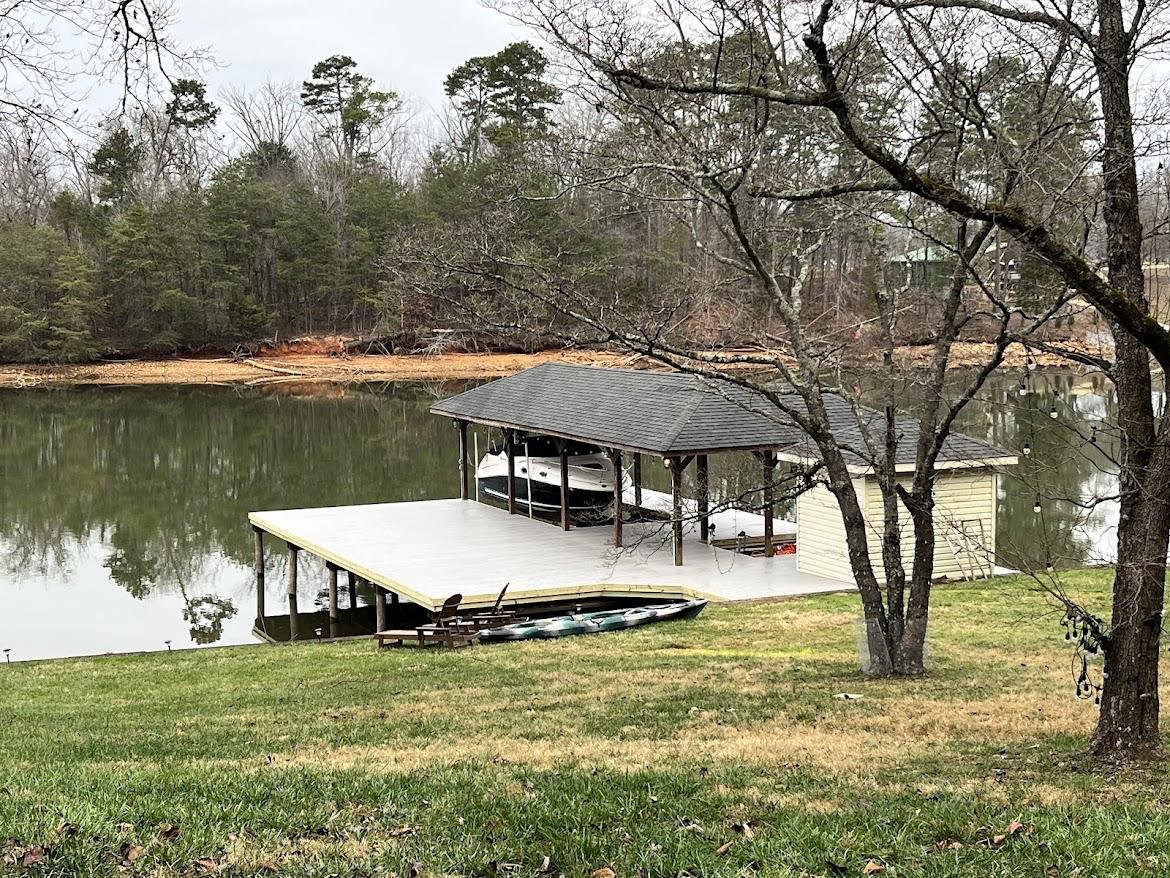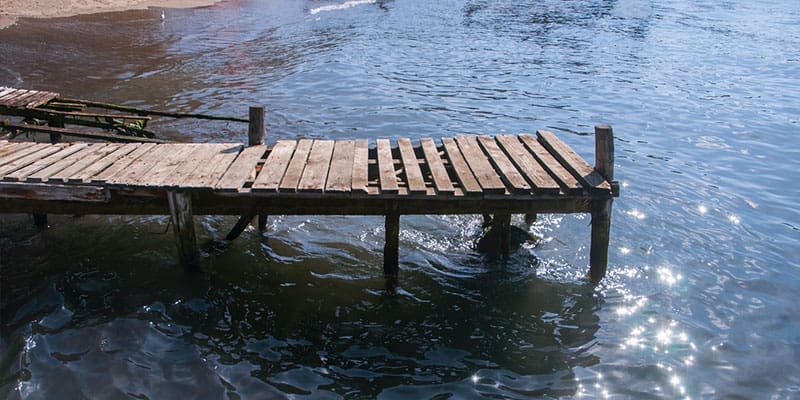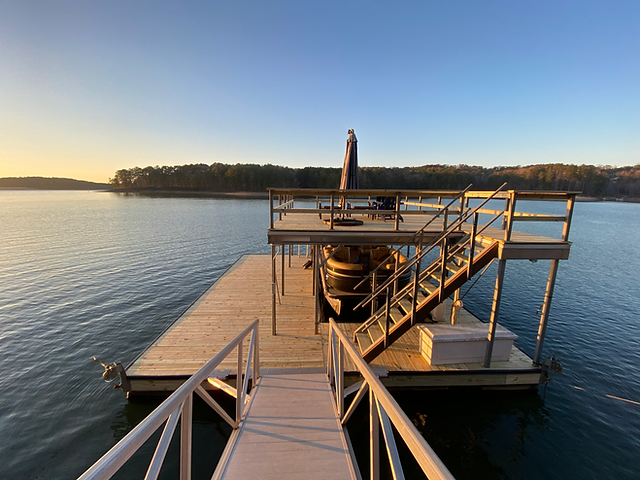Seasonal Preparations: When to Arrange Your Dock Repairs
Effective Dock Fixing Techniques: Ensuring Structural Integrity
Ensuring the architectural honesty of anchors via reliable fixing methods is vital for the durability and security of marine centers. This includes a multi-faceted technique starting with extensive evaluations using innovative modern technologies like finder devices and remotely operated lorries (ROVs) to detect both noticeable and concealed damages. Ultimately, choosing the ideal repair service materials, such as corrosion-resistant alloys and composite materials, is critical for longevity. Architectural reinforcement approaches, consisting of the application of cross-bracing systems and load-distribution plates, play an essential function in mitigating tension points. Nonetheless, the relevance of these techniques comes to be apparent when exploring sophisticated repair approaches and preventative upkeep strategies.
Evaluating Dock Damages
Assessing dock damage is a vital initial action in making certain the architectural honesty and safety and security of any kind of docking center. Secret elements to take a look at consist of the dock's structure, pilings, outdoor decking, and equipment (Dock Repairs).
Structural engineers or qualified assessors typically perform these evaluations utilizing specialized strategies and devices. For circumstances, underwater evaluations may employ finder devices or remotely ran lorries (ROVs) to identify immersed damage. Over water, visual evaluations are matched by utilizing dampness meters and other diagnostic devices to discover underlying issues not immediately noticeable to the naked eye.

Finding Repair Materials
Selecting the suitable repair work products is an essential action in the dock reconstruction procedure, one that straight affects the long life and efficiency of the repaired structure. Product option have to be driven by factors such as environmental problems, load-bearing needs, and compatibility with existing dock parts. Wood is a conventional choice for anchors due to its all-natural durability and aesthetic appeal. Selecting the right kind of wood, such as pressure-treated lumber or normally rot-resistant varieties like cedar or teak wood, is critical to withstand marine settings.
In enhancement to wood, composite materials are increasingly popular because of their resilience and reduced upkeep requirements. Compounds, generally made from a blend of plastic and wood fibers, offer superb resistance to rot, bugs, and UV damage. For steel anchors, selecting corrosion-resistant alloys such as galvanized steel or marine-grade light weight aluminum is necessary to avoid corrosion and guarantee architectural stability in saline water problems.
Epoxy resins and marine-grade sealers are essential for fixing splits and sealing joints, supplying a waterproof barrier and improving the dock's total strength. By carefully picking high-quality materials, dock repair services can attain long-lasting results, therefore guarding against future destruction and making certain safe, reputable usage.
Architectural Reinforcement Methods
Reliable structural reinforcement strategies are critical in guaranteeing the security and long life of dock repair work. One fundamental technique entails using steel or composite support bars (rebar) within concrete frameworks. Rebar provides extra tensile stamina, preventing fractures and dispersing loads more uniformly. This approach is particularly reliable for anchors subjected to heavy loads or harsh environmental conditions.
Another crucial strategy is the application of fiber-reinforced polymers (FRP) These materials offer high strength-to-weight ratios and superb resistance to deterioration, making them optimal for reinforcing concrete or wood docks. FRP can check here be applied in sheets or strips and bound with epoxy resins to boost structural honesty.
Supporting and anchoring systems additionally play a critical function in structural support. Cross-bracing, utilizing metal or wood beams, can neutralize lateral pressures, decreasing guiding and activity. Securing systems, such as helical piers or driven heaps, offer a stable structure by moving loads to deeper, extra steady dirt layers.
Finally, the assimilation of load-distribution plates can assist disperse weight more uniformly across the dock's surface, mitigating local stress points. These strategies collectively make sure that docks continue to be secure and robust, efficient in enduring the roughness of their operational atmosphere.
Advanced Fixing Methods

Another advanced method includes underwater welding, which permits repair services to be performed without the need to dewater the area. This method is specifically useful for addressing structural issues in immersed dock parts, making certain marginal disturbance to procedures. Improved welding methods, combined with robotic systems, supply accuracy and try this out integrity, consequently prolonging the lifespan of the dock.
Additionally, cathodic defense systems are executed to stop deterioration in metal dock structures. By utilizing sacrificial anodes or amazed existing systems, these techniques properly reduce the electrochemical procedures that result in product deterioration.
Finally, advanced tracking modern technologies, such as structural wellness tracking (SHM) systems, offer real-time information on the condition of dock frameworks. These systems allow proactive upkeep and prompt treatments, eventually making certain the long-term architectural honesty of the dock.
Maintenance and Prevention
Maintenance and avoidance are basic concepts that underpin the durability and security of dock structures. Regular assessments are critical, permitting early discovery of wear and tear, possible weak points, and environmental influences. A positive strategy, including routine look for rust, rot, and architectural shifts, mitigates pricey repair services and prolongs the dock's operational life.
Safety nets should consist of using protective finishings to steel components to secure against corrosion and making use of treated wood to withstand degeneration. In addition, ensuring appropriate drain and air flow can protect against water accumulation, which is a typical reason for architectural destruction. Incorporating quality materials and sticking to maker standards throughout building and repair phases also play vital duties in enhancing toughness.

Educating employees in dock maintenance best practices guarantees consistent application of preventive actions. Leveraging technical developments, such as drones for evaluations and sensors for real-time tracking, can even more enhance upkeep efforts. By prioritizing upkeep read what he said and prevention, dock proprietors can make certain structural integrity, functional safety and security, and economical management over the dock's life-span.
Conclusion
In conclusion, preserving the architectural stability of aquatic centers demands comprehensive dock repair service strategies. Advanced repair methods, paired with normal maintenance methods, make certain the dock remains risk-free and functional under diverse environmental conditions.
Making sure the architectural honesty of docks via efficient repair service strategies is vital for the durability and safety of aquatic facilities.Choosing the appropriate repair service products is a crucial action in the dock restoration process, one that straight influences the longevity and performance of the repaired framework.Reliable architectural support methods are vital in making sure the security and longevity of dock fixings. By focusing on upkeep and prevention, dock owners can ensure architectural honesty, operational safety, and cost-effective monitoring over the dock's life-span.
In final thought, maintaining the structural honesty of aquatic facilities necessitates thorough dock repair work methods.